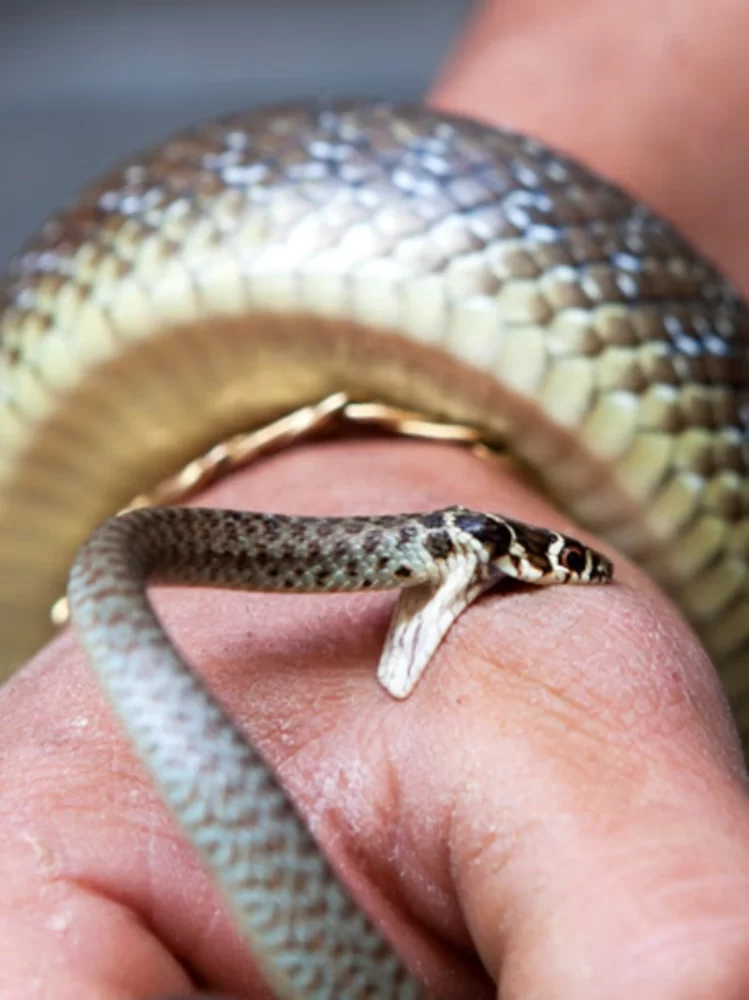- 1 - Understanding Non-Venomous Snake Bites
- 2 - First Aid for Non-Venomous Snake Bites
- 3 - Common Mistakes to Avoid
- 4 - Real-Life Cases and Lessons Learned
- 5 - Long-Term Care and Prevention
- 6 - Outdoor Safety and Resources
1 - Understanding Non-Venomous Snake Bites
When people hear about snake bites, they often imagine venomous species like rattlesnakes or cobras. However, most snake bites worldwide actually come from non-venomous snakes. These bites may not inject venom, but they can still cause pain, bleeding, swelling, and even infections if not treated correctly. Knowing how to deal with snake bites from non-venomous snakes is important for anyone who enjoys outdoor activities like hiking, camping, or fishing.
2 - First Aid for Non-Venomous Snake Bites
While non-venomous bites are rarely life-threatening, immediate first aid is crucial. The following steps can help reduce complications:
Clean the Wound
Wash the bite area thoroughly with soap and clean water. This step helps reduce bacteria and lowers the risk of infection.
Stop the Bleeding
Apply gentle pressure with a clean cloth or bandage. Most non-venomous bites bleed lightly, but pressure can help control it.
Apply an Antiseptic
Disinfecting the wound with an antiseptic or antibiotic ointment can prevent infections. Keep the wound covered with a sterile bandage.
Seek Medical Care if Needed
Although non-venomous snake bites are not usually dangerous, medical attention may be required if swelling persists, the wound appears infected, or the victim has underlying health issues.
3 - Common Mistakes to Avoid
People often panic when bitten by a snake and make mistakes that worsen the injury. Here are key things to avoid:
- Do not attempt to suck out the bite wound. This spreads bacteria and causes further damage.
- Avoid applying tight tourniquets, which can cut off blood flow and cause tissue damage.
- Do not ignore the bite. Even without venom, untreated wounds may lead to dangerous infections.
4 - Real-Life Cases and Lessons Learned
One widely shared case on social media involved a camper in Florida who was bitten by a non-venomous water snake. At first, he dismissed the bite as harmless. However, two days later, the wound had become red, swollen, and infected, requiring antibiotics and several days of medical care. His experience shows why even non-venomous bites should be handled carefully. On the other hand, many hikers report successfully managing bites in the field by cleaning and bandaging immediately, preventing serious complications.
5 - Long-Term Care and Prevention
After the initial treatment, monitor the wound for signs of infection such as redness, pus, or increased pain. Most bites heal within one to two weeks if properly cared for. Prevention is equally important—wear boots and long pants when hiking in snake-prone areas, and avoid handling wild snakes. Remember, even non-venomous bites are best prevented altogether.
6 - Outdoor Safety and Resources
Knowing how to deal with snake bites from non-venomous snakes is a crucial part of outdoor safety. At Pine Cliff Resort, we encourage our guests to enjoy nature responsibly by staying informed about wildlife risks and carrying basic first aid supplies. Whether you are planning a weekend camping trip or a longer wilderness adventure, being prepared ensures peace of mind and a safe experience for everyone.







